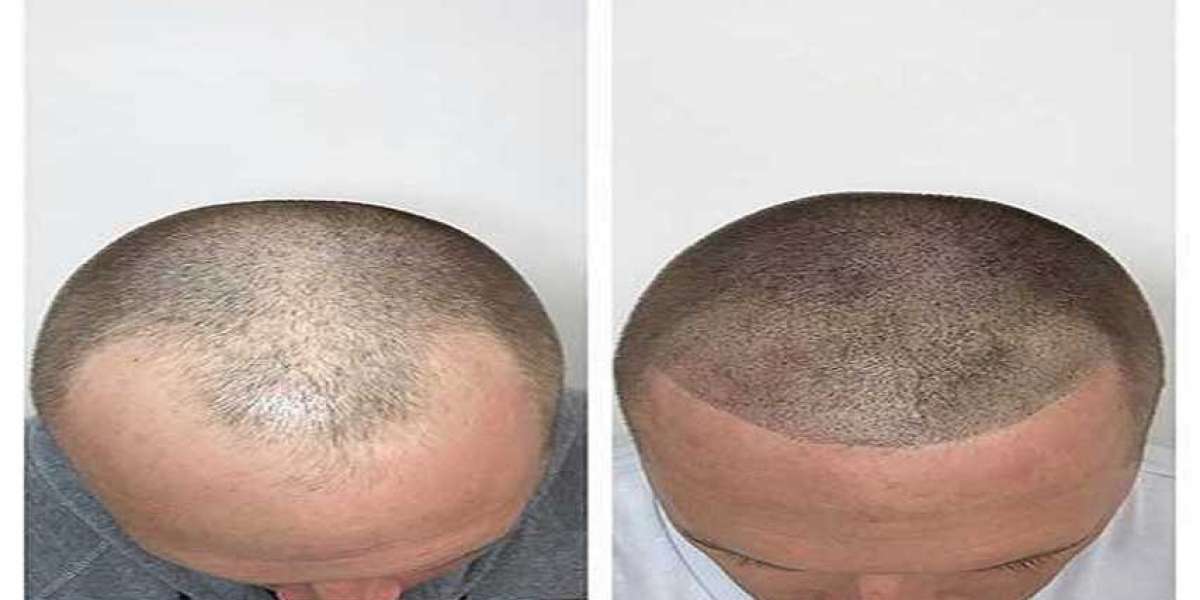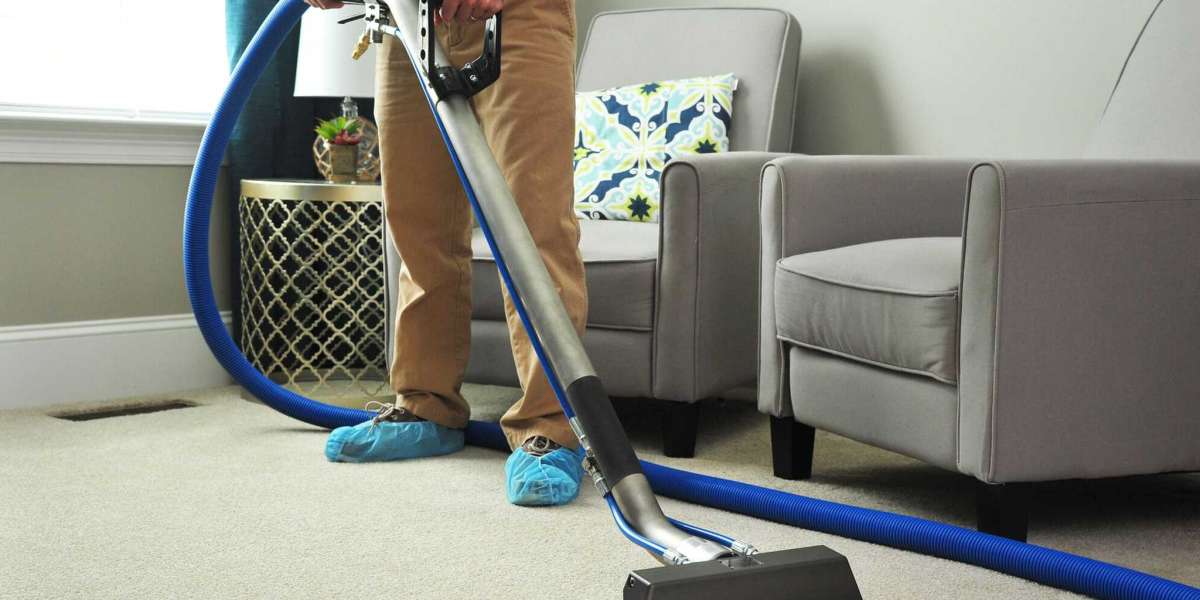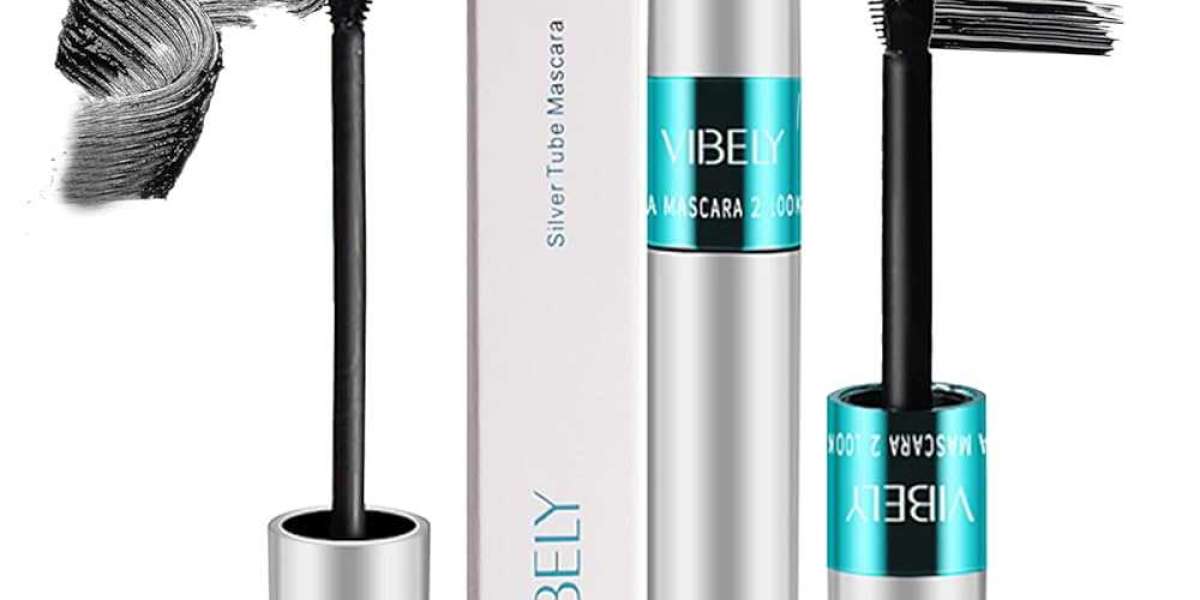As temperatures rise and humidity soars, many people notice an unwelcome visitor on their scalp — dandruff. While it may seem like a simple flaking issue, dandruff can actually have multiple causes, and summer often intensifies the problem. That’s why trichologists — specialists in hair and scalp science — approach dandruff treatment with precision, tailoring care based on its root cause and type.
Let’s explore how trichology experts identify and treat different types of dandruff during the summer months, when sweat, oil, and environmental exposure often make the problem worse.
Why Is Dandruff Worse in Summer?
Summer triggers a range of scalp changes:
- Increased sweat production
- Higher sebum (oil) secretion
- Exposure to sun, chlorine, and pollution
- More frequent hair washing or product use
All of these can disrupt the scalp’s natural balance, encouraging flaking, itching, and inflammation. But not all flakes are the same — and trichologists know that effective treatment starts with identifying the type of dandruff you have.
- Dry Scalp Dandruff
Cause: Dehydration, sun exposure, air conditioning
Symptoms: Fine, white, powdery flakes; scalp tightness and mild itchiness
In summer, the combination of heat and dehydration can strip moisture from the scalp. Trichologists treat dry dandruff by:
- Hydrating scalp masks with aloe vera or hyaluronic acid
- SLS-free gentle cleansers that don't strip natural oils
- Scalp oiling therapies using lightweight botanical oils like jojoba or argan
- Recommending increased water intake and scalp-friendly sun protection
- Oily Scalp Dandruff (Seborrhea)
Cause: Overactive sebaceous glands, worsened by heat
Symptoms: Sticky, yellowish flakes; greasy scalp; clogged pores
This type thrives in summer when oil production increases. Treatment involves:
- Sebum-balancing scalp peels to clear buildup
- Use of zinc or salicylic acid-based shampoos to control oil and inflammation
- High-frequency scalp treatments to deep clean follicles
- Dietary advice to reduce oil-triggering foods (like excess sugar or fried items)
- Fungal Dandruff (Seborrheic Dermatitis)
Cause: Overgrowth of Malassezia yeast, triggered by heat and humidity
Symptoms: Larger yellow-white flakes, persistent itching, redness
Summer creates the perfect environment for fungal dandruff to flourish. Trichologists address this by:
- Anti-fungal scalp applications using ketoconazole or natural alternatives like tea tree
- Cooling, anti-inflammatory masks to soothe irritation
- Controlled use of laser therapy or ozone treatment to reduce microbial growth
- Customized shampoo routines, spaced to avoid overwashing but still keeping the scalp clean
- Product Buildup Dandruff
Cause: Residue from styling products or frequent shampooing
Symptoms: Flakes without itch; scalp feels coated or heavy
In hot weather, people often use dry shampoos, gels, or wash their hair too frequently — all of which can cause buildup. Trichology treatments include:
- Detoxifying scalp exfoliation to clear away residue
- Clarifying treatments that restore scalp pH without harsh stripping
- Educating clients on choosing lightweight, summer-safe hair products
- Scalp Psoriasis and Other Chronic Conditions
Cause: Autoimmune or chronic skin conditions, worsened by heat or UV exposure
Symptoms: Thick, silvery plaques; extreme dryness; occasional flaking
Though not traditional dandruff, summer flare-ups are common. Trichologists manage them with:
- Calming scalp therapies infused with chamomile or calendula
- Prescription-strength topicals as needed (in coordination with dermatologists)
- Laser light therapy to reduce inflammation
- Lifestyle coaching around stress, diet, and UV protection
The Trichologist’s Approach: Customization is Key
No two scalps are the same. Trichology experts begin with a scalp analysis, often using a digital microscope to examine flake type, oil levels, and follicular health. They also take into account:
- Medical history
- Climate exposure
- Hair care habits
- Diet and hydration
This comprehensive evaluation helps them build a personalized dandruff treatment plan that gets to the root of the problem — not just the symptoms.
When Should You See a Trichologist?
If dandruff persists despite switching shampoos, or is accompanied by:
- Redness or soreness
- Severe itching
- Excessive hair fall
- Scalp acne or odor
…it’s time to consult a trichologist. Summer-related dandruff can quickly turn into chronic scalp damage if not treated properly.
Final Thoughts
Dandruff might be a common concern during summer, but that doesn’t mean you have to live with it. With the help of trichology-based care, you can regain scalp health naturally and enjoy the season with confidence. Whether it’s dry flakes or oily buildup, a tailored approach from a trichology expert makes all the difference in achieving lasting, flake-free results.
Scalp Conditions and Hair Thinning? How Trichology Can Help Restore Your Hair
Low-Level Laser Therapy vs. Traditional Hair Growth Treatments?







